If your kitchen sink is not draining properly, the first step is to check the P-trap. This curved section of pipe beneath the sink often gets clogged with debris, causing drainage issues. To check the P-trap, place a bucket or large bowl underneath it to catch any water, then unscrew the fittings at each end. Remove any debris and then reattach the fittings. If this doesn't solve the problem, move on to the next step.1. Check the P-Trap
A plunger can be a handy tool for unclogging a kitchen sink. First, make sure there is enough water in the sink to cover the rubber part of the plunger. Place the plunger over the drain and make a tight seal. Push and pull the plunger up and down several times to create suction and dislodge any blockages. If the sink still doesn't drain, move on to the next solution.2. Use a Plunger
If a plunger doesn't do the trick, you may need to use a drain snake. This long, flexible tool is designed to go deep into the pipes and break up any clogs. Insert the snake into the drain and twist it to catch onto any debris. Slowly pull the snake out, removing any clogs along the way. You may need to repeat this process a few times to completely clear the drain.3. Snake the Drain
Many kitchen sinks have a drain stopper that can be pulled up or pushed down to allow or prevent water from draining. Over time, these stoppers can become clogged with soap scum, hair, and other debris. To clean the stopper, simply remove it from the sink and clean off any buildup. You may also need to clean the drain flange, which is the circular piece that the stopper fits into.4. Clean the Drain Stopper
In some cases, the issue with a kitchen sink not draining may actually be a problem with the vent. Vents are responsible for removing air from the drain pipes, allowing water to flow freely. If the vent is blocked, it can cause slow or no drainage. Check the vent on your roof and make sure it is not clogged with leaves or other debris. You may need to use a plumber's snake to clear the vent.5. Check the Vent
If none of the above solutions work, you may want to try using a chemical drain cleaner. These products can be effective in breaking up clogs and clearing drains. However, they can also be harsh and may damage your pipes if used too frequently. Be sure to follow the instructions carefully and use caution when handling these chemicals.6. Use a Chemical Drain Cleaner
If your kitchen sink is connected to a garbage disposal, it's possible that the issue is with the disposal rather than the sink itself. Turn off the power to the disposal and check for any clogs or blockages. You may also need to reset the disposal by pressing the red reset button on the bottom of the unit. If the disposal is still not working properly, it may need to be replaced.7. Check the Garbage Disposal
If you have a dishwasher, it's important to make sure its drain line is not clogged. This can cause water to back up into the sink, creating drainage issues. Check the drain line for any kinks or blockages and clear them if necessary. You may also need to run the dishwasher through a cycle with a special cleaner to remove any buildup.8. Check the Dishwasher Drain
If you've tried all of the above solutions and your kitchen sink still isn't draining, it may be time to call in a professional plumber. They will have the knowledge and tools to diagnose and fix any issues with your sink or pipes. It may be a more expensive option, but it can save you time and frustration in the long run.9. Call a Professional Plumber
If your kitchen sink is old and constantly clogged, it may be time to consider replacing it. Newer sinks are designed with better drainage systems and can help prevent future clogs. Consider upgrading to a larger sink or one with a garbage disposal built in for added convenience. In conclusion, a kitchen sink that is not draining properly can be a frustrating and inconvenient problem. However, with these 10 solutions, you can troubleshoot and fix the issue yourself in most cases. Remember to always use caution when working with chemicals or plumbing tools, and if the problem persists, don't hesitate to call in a professional for assistance.10. Consider Replacing the Sink
The Importance of Proper Drainage in Kitchen Design

Why a Clogged Sink Can be a Nightmare
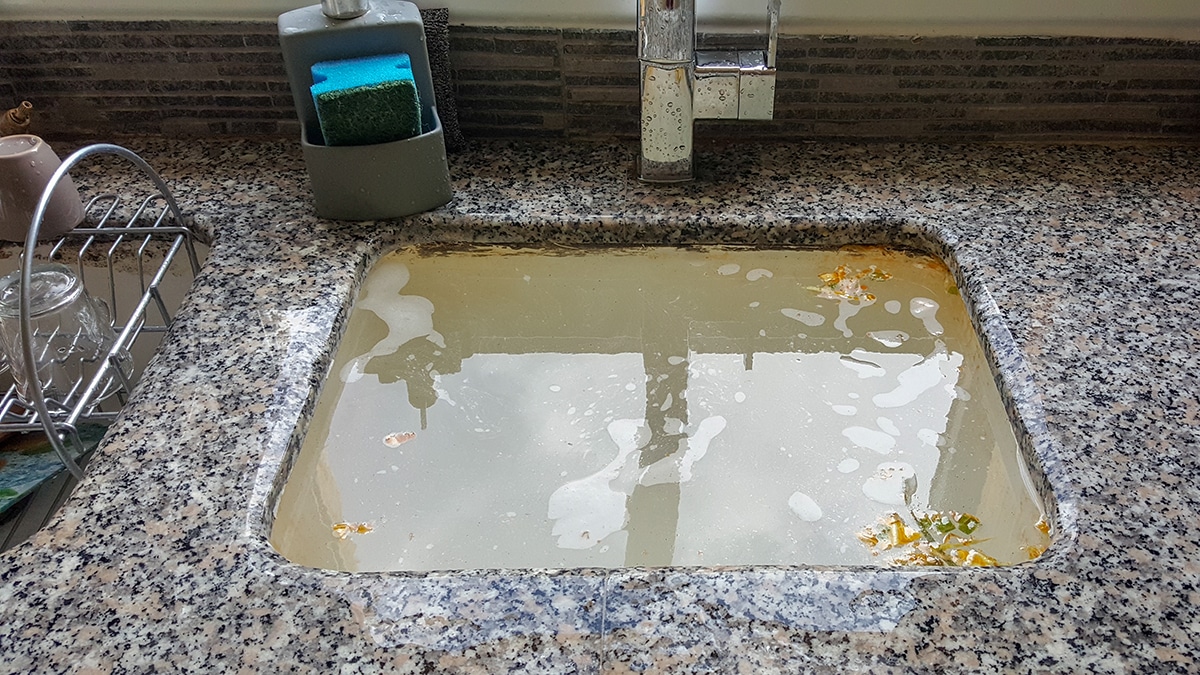 When designing a kitchen, many homeowners focus on the aesthetics and functionality of the space. However, one crucial aspect that is often overlooked is proper drainage. A clogged kitchen sink can quickly become a homeowner's worst nightmare, causing inconvenience, water damage, and even health hazards. That's why it's crucial to pay attention to the drainage system in your kitchen and ensure it is functioning correctly.
When designing a kitchen, many homeowners focus on the aesthetics and functionality of the space. However, one crucial aspect that is often overlooked is proper drainage. A clogged kitchen sink can quickly become a homeowner's worst nightmare, causing inconvenience, water damage, and even health hazards. That's why it's crucial to pay attention to the drainage system in your kitchen and ensure it is functioning correctly.
The Role of a Kitchen Sink in Drainage
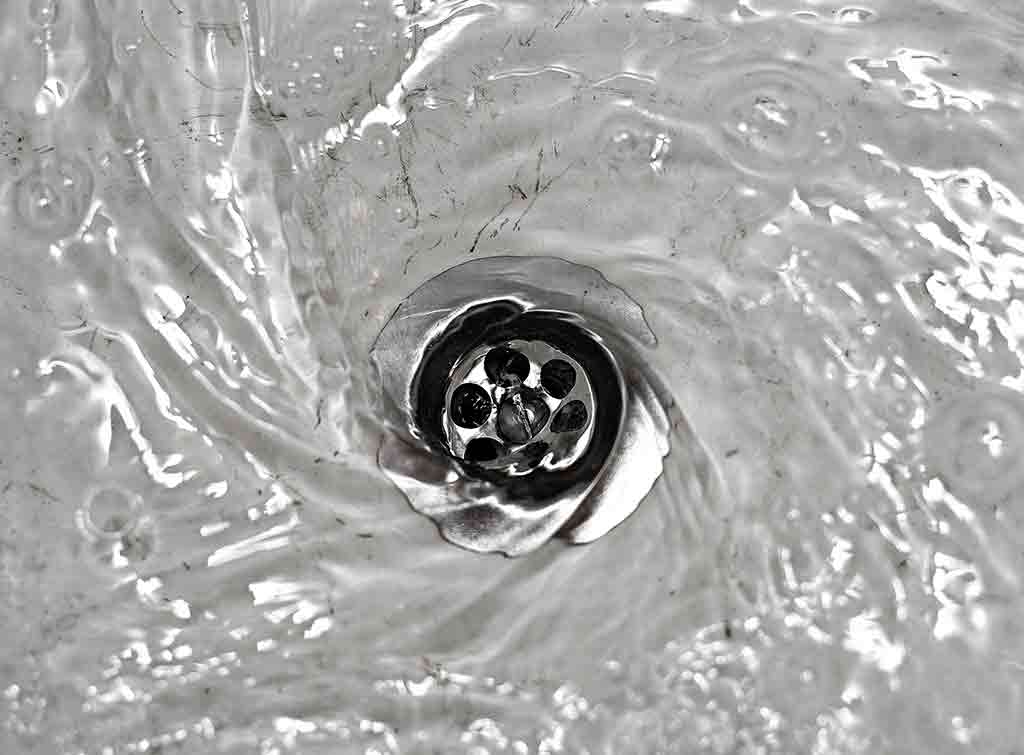 The kitchen sink is a vital component of the drainage system in your home. It is where all the wastewater from cooking, cleaning, and dishwashing goes. If the sink is not draining properly, it can quickly become a breeding ground for bacteria and germs, leading to foul odors and potential health hazards. Additionally, a clogged sink can cause water to back up and overflow onto your countertops and floors, causing costly water damage.
The kitchen sink is a vital component of the drainage system in your home. It is where all the wastewater from cooking, cleaning, and dishwashing goes. If the sink is not draining properly, it can quickly become a breeding ground for bacteria and germs, leading to foul odors and potential health hazards. Additionally, a clogged sink can cause water to back up and overflow onto your countertops and floors, causing costly water damage.
The Impact of Poor Kitchen Design on Drainage
 A poorly designed kitchen can also contribute to drainage issues. For example, if the sink is not installed at the right angle or if the pipes are not aligned correctly, it can cause water to pool and not drain properly. This can lead to clogs and backups, making it difficult to use your sink and causing inconvenience in your daily routine. That's why it's essential to work with a professional when designing your kitchen to ensure proper drainage.
A poorly designed kitchen can also contribute to drainage issues. For example, if the sink is not installed at the right angle or if the pipes are not aligned correctly, it can cause water to pool and not drain properly. This can lead to clogs and backups, making it difficult to use your sink and causing inconvenience in your daily routine. That's why it's essential to work with a professional when designing your kitchen to ensure proper drainage.
The Solution: Rebuilding Your Kitchen Sink
 If you are experiencing ongoing drainage issues with your kitchen sink, it may be time to consider rebuilding it. This involves removing the old sink and pipes and installing new ones that are properly aligned and at the correct angle for optimal drainage. While this may seem like a daunting task, it is a small price to pay for the peace of mind and convenience of a properly functioning kitchen sink.
If you are experiencing ongoing drainage issues with your kitchen sink, it may be time to consider rebuilding it. This involves removing the old sink and pipes and installing new ones that are properly aligned and at the correct angle for optimal drainage. While this may seem like a daunting task, it is a small price to pay for the peace of mind and convenience of a properly functioning kitchen sink.
Don't Neglect Your Kitchen Sink Drainage
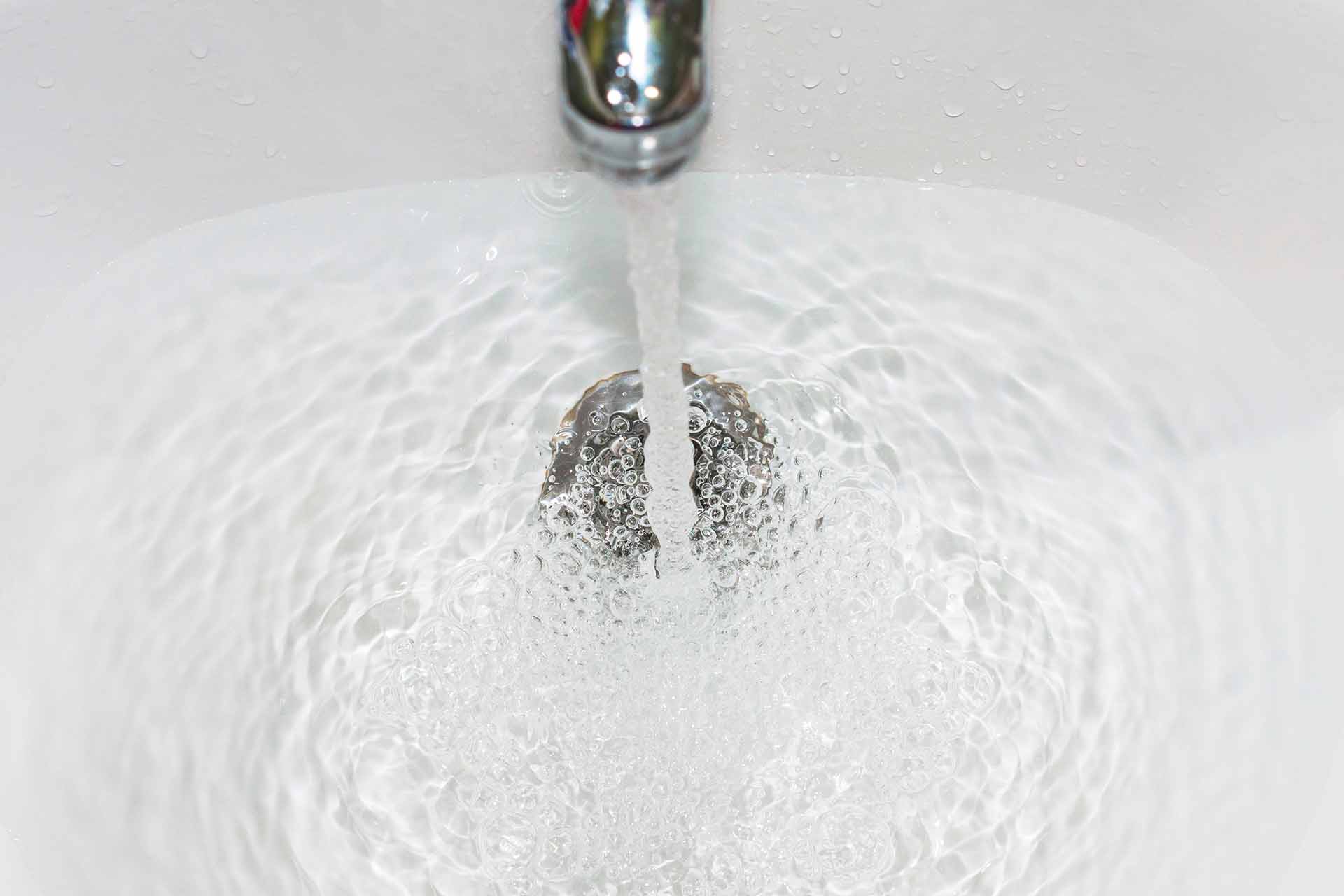 In conclusion, a clogged kitchen sink can cause a host of issues and disrupt your daily routine. It is essential to pay attention to the drainage system when designing your kitchen and to address any problems promptly. If you are experiencing ongoing drainage issues, consider rebuilding your kitchen sink for a long-term solution. Remember, a well-designed kitchen with proper drainage not only enhances the functionality of your space but also ensures a healthy and hygienic environment for you and your family.
In conclusion, a clogged kitchen sink can cause a host of issues and disrupt your daily routine. It is essential to pay attention to the drainage system when designing your kitchen and to address any problems promptly. If you are experiencing ongoing drainage issues, consider rebuilding your kitchen sink for a long-term solution. Remember, a well-designed kitchen with proper drainage not only enhances the functionality of your space but also ensures a healthy and hygienic environment for you and your family.



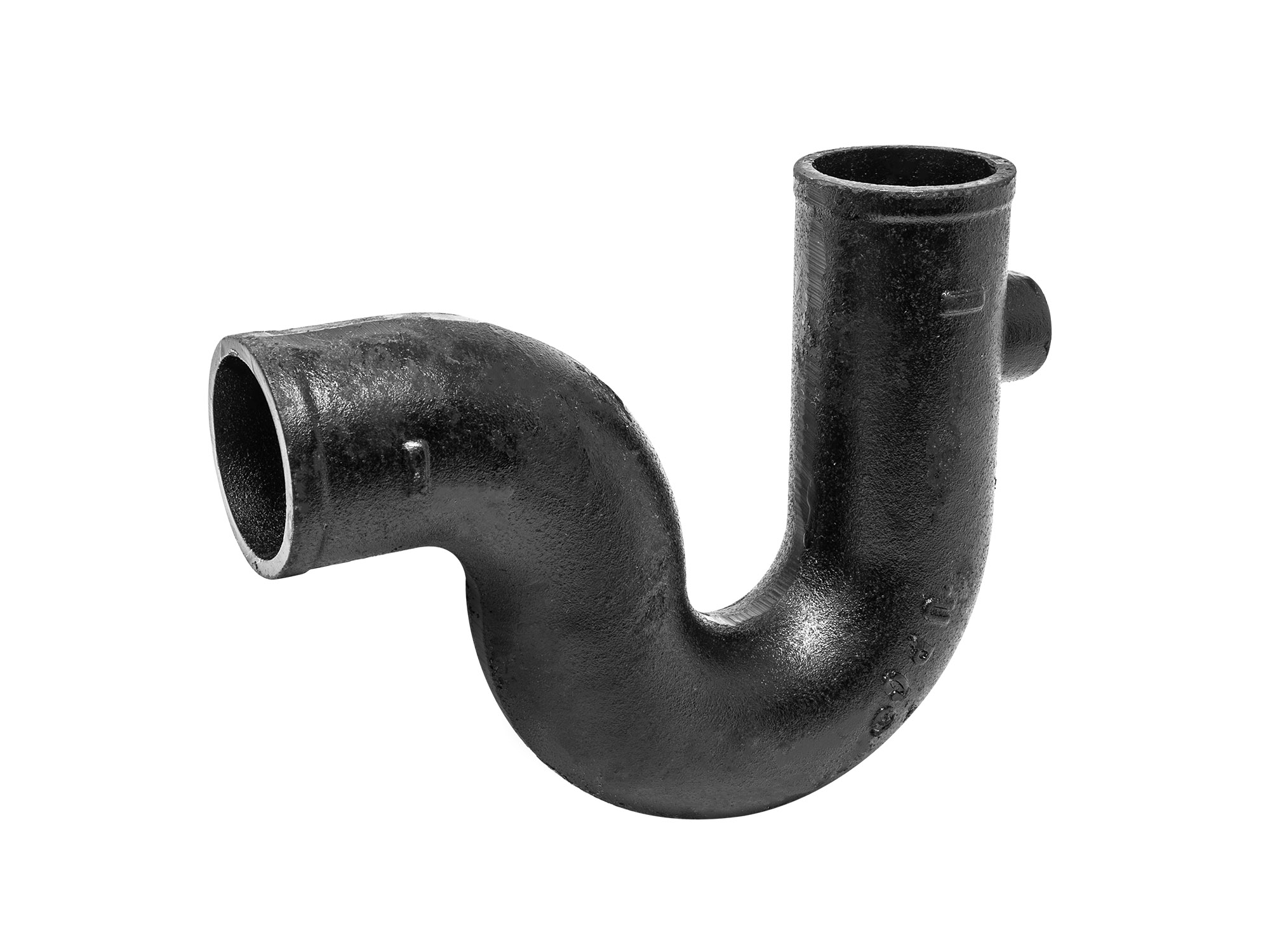
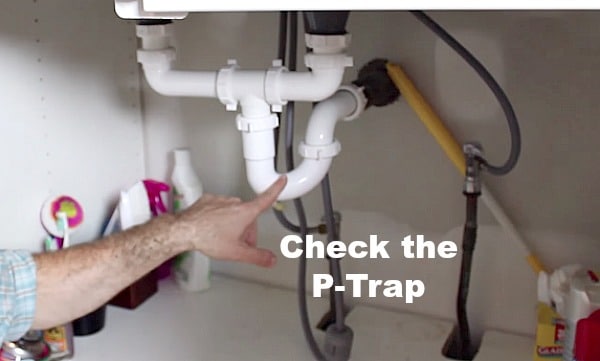




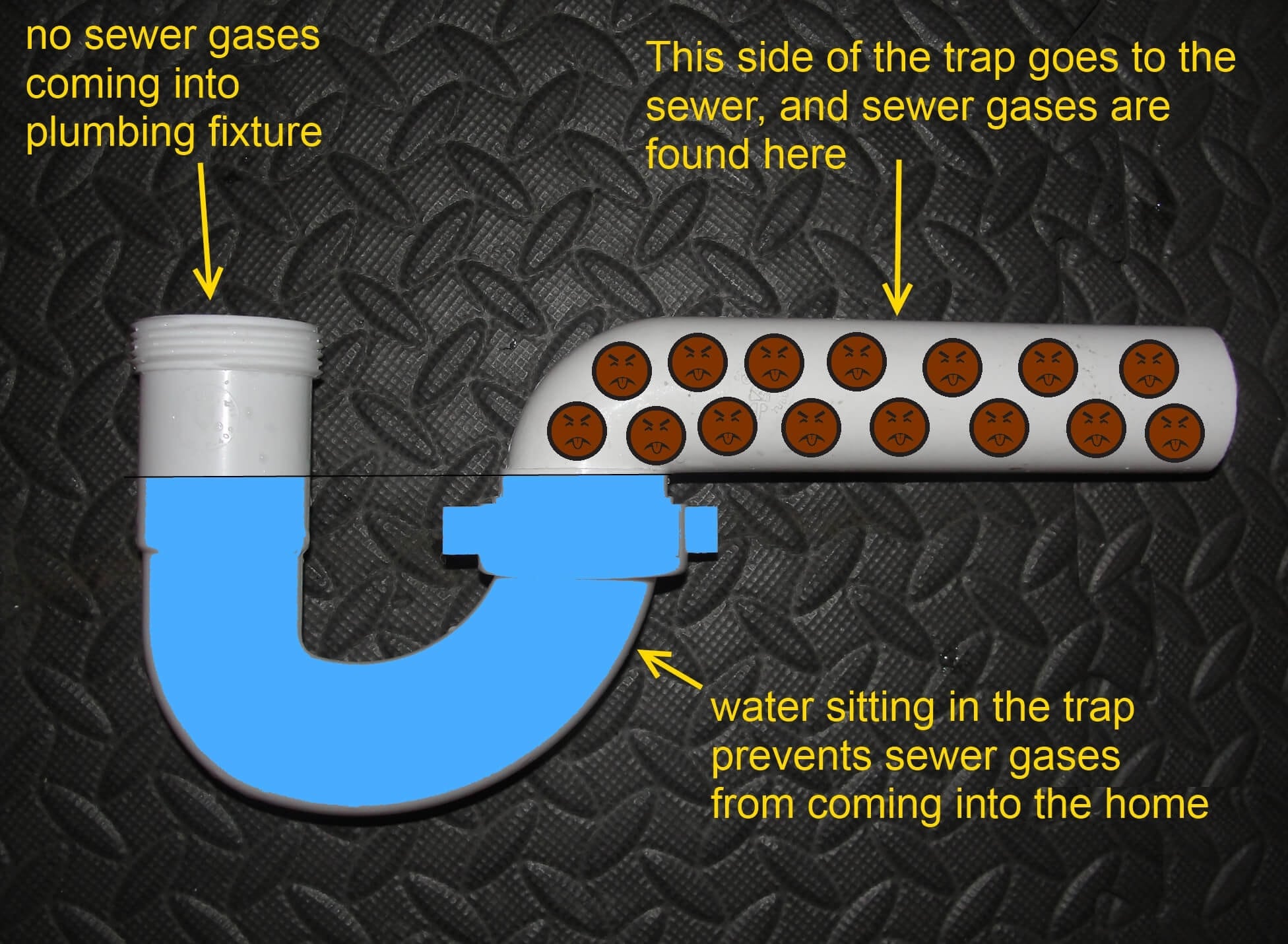

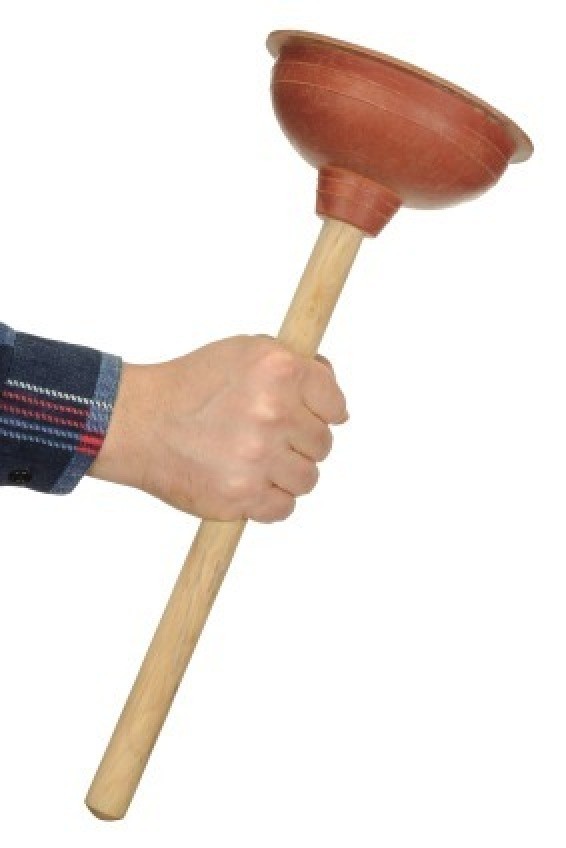




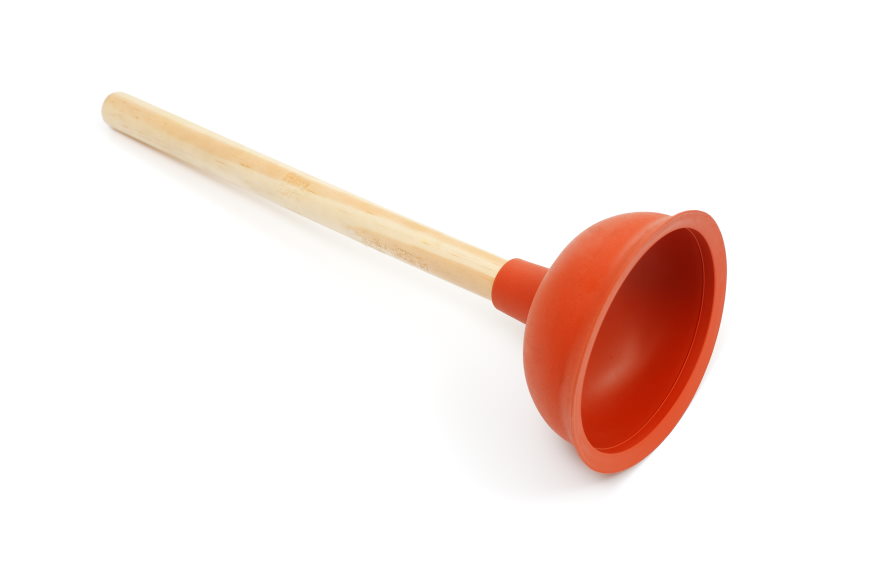




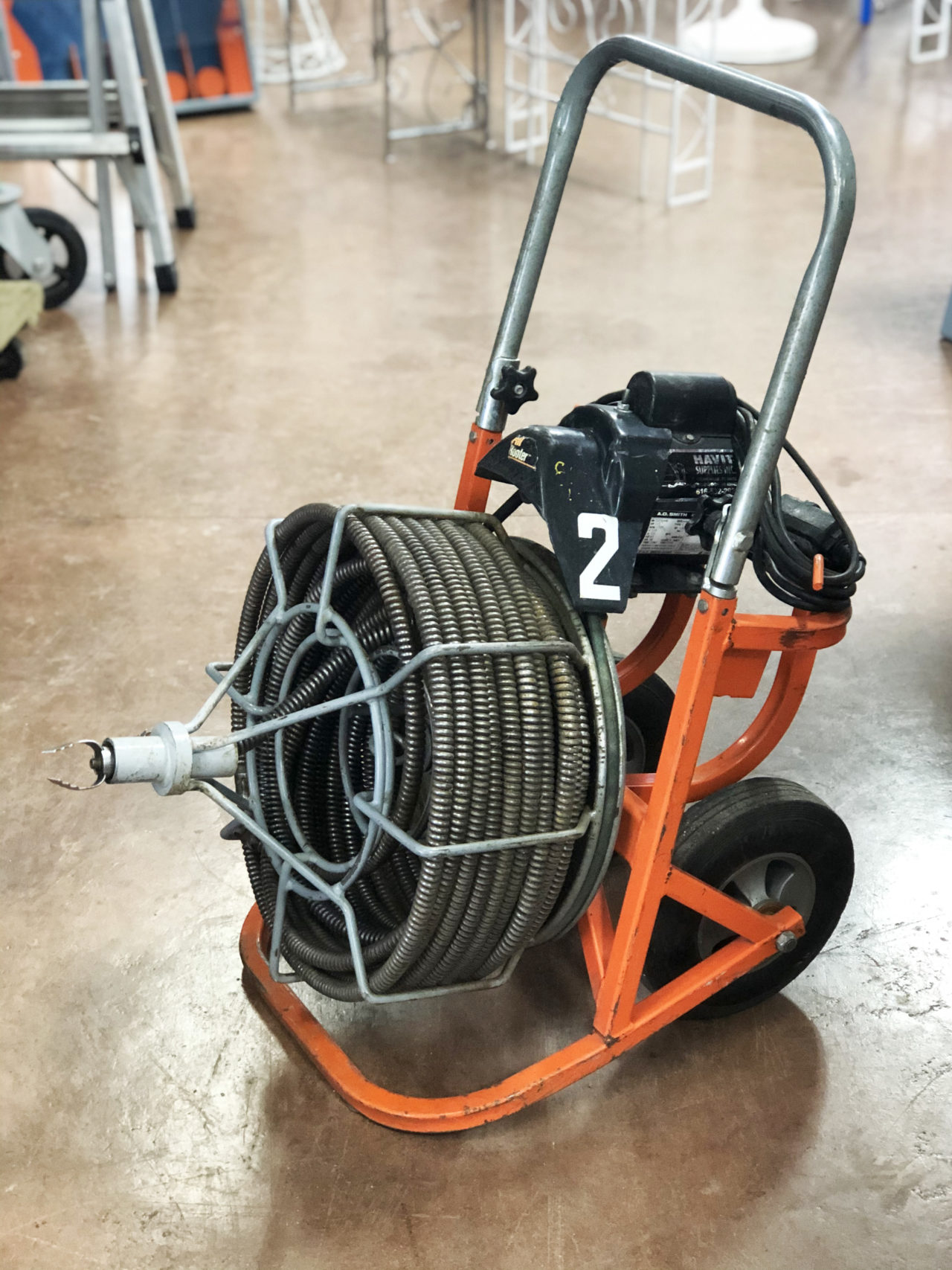






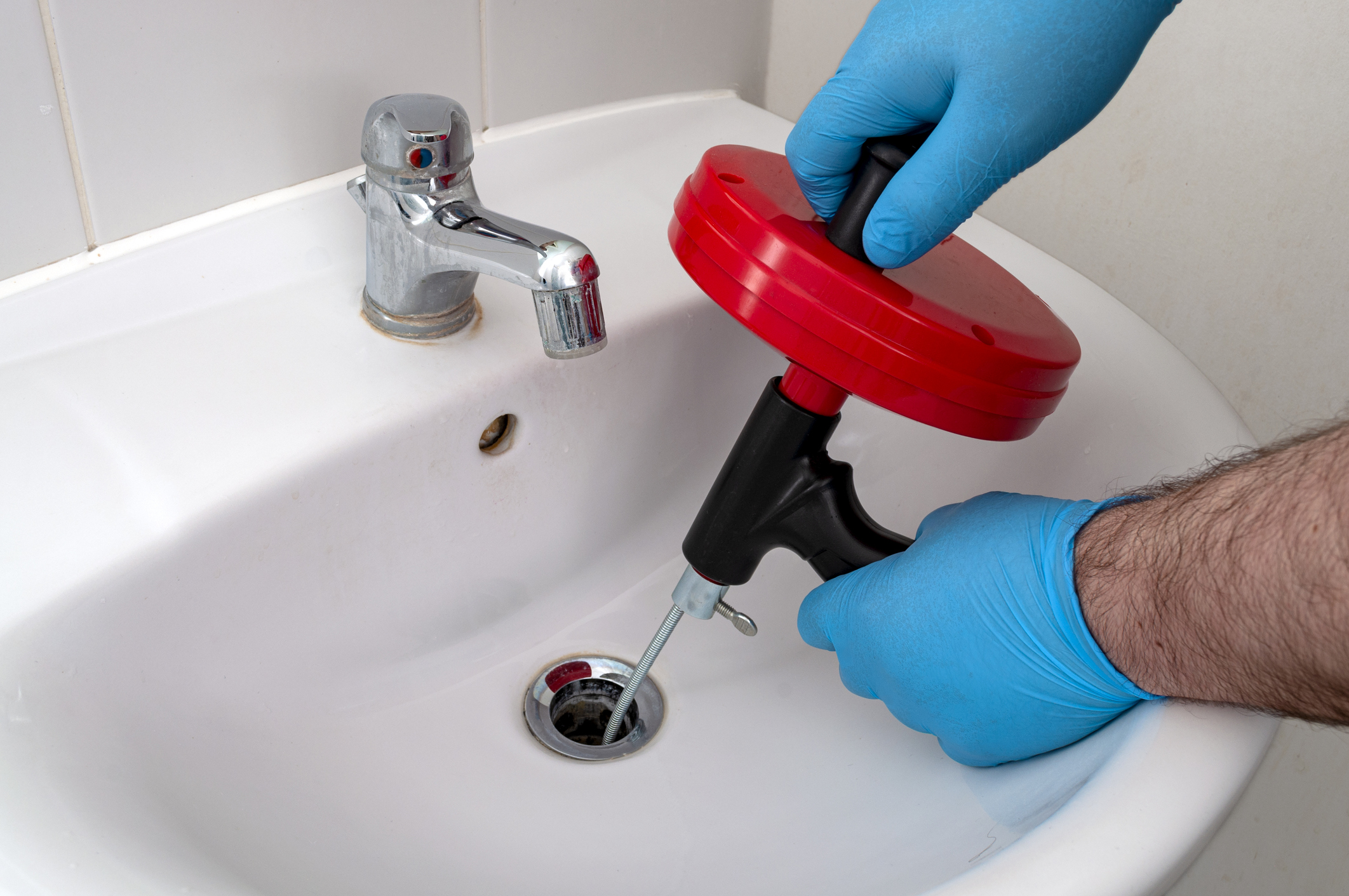









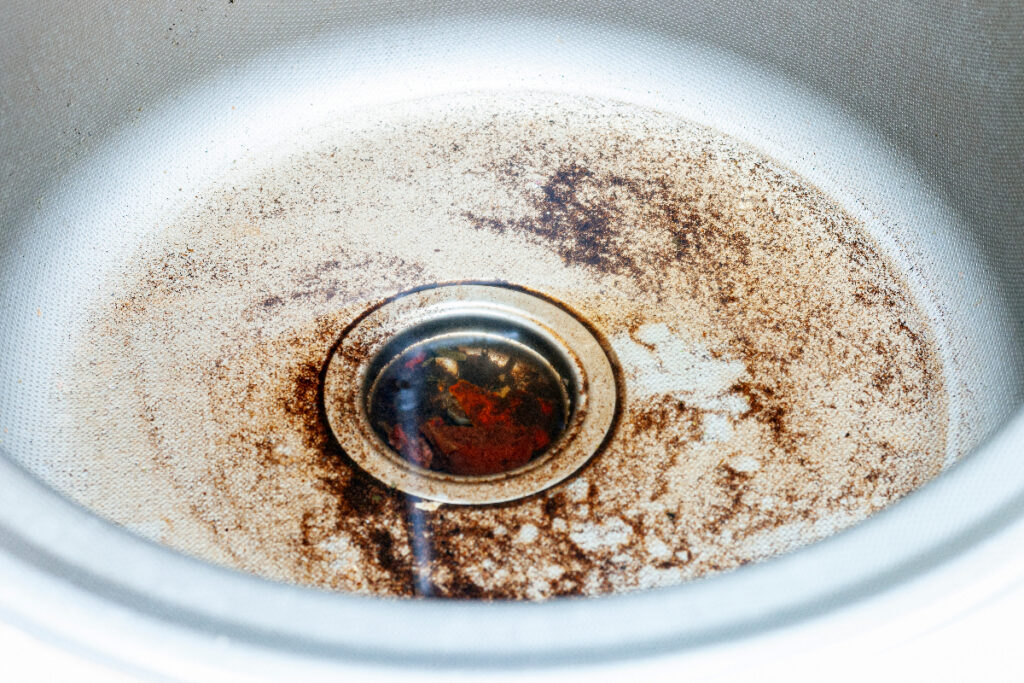










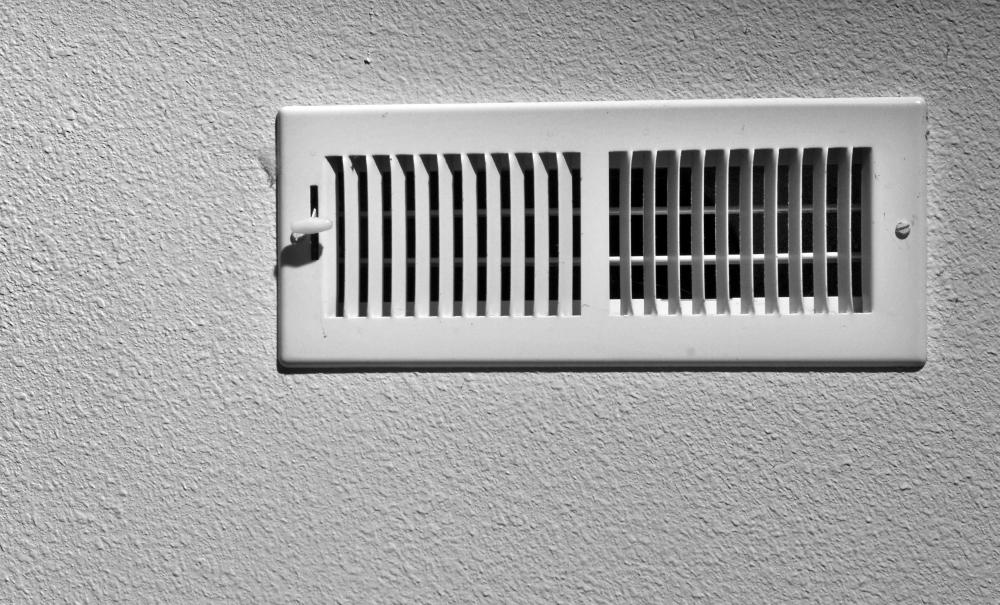














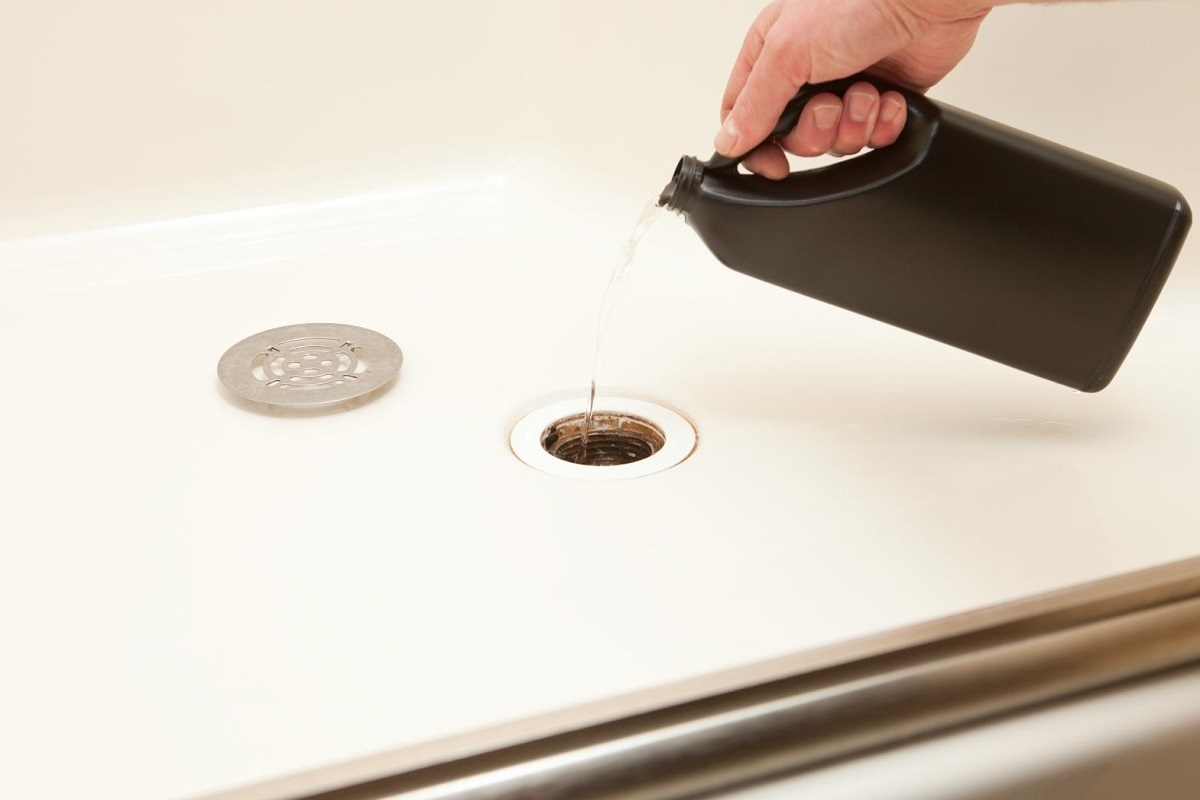
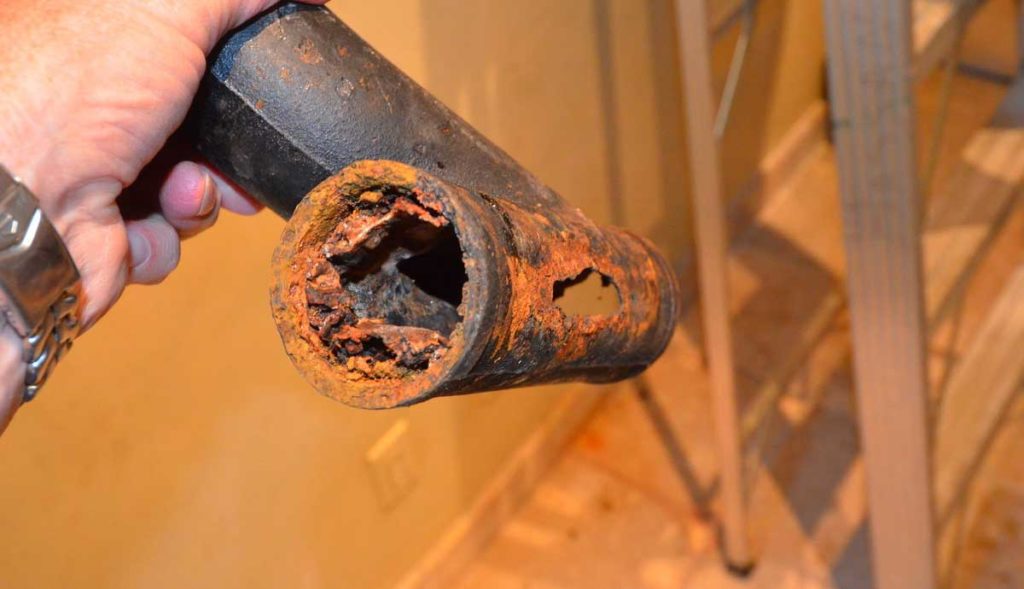
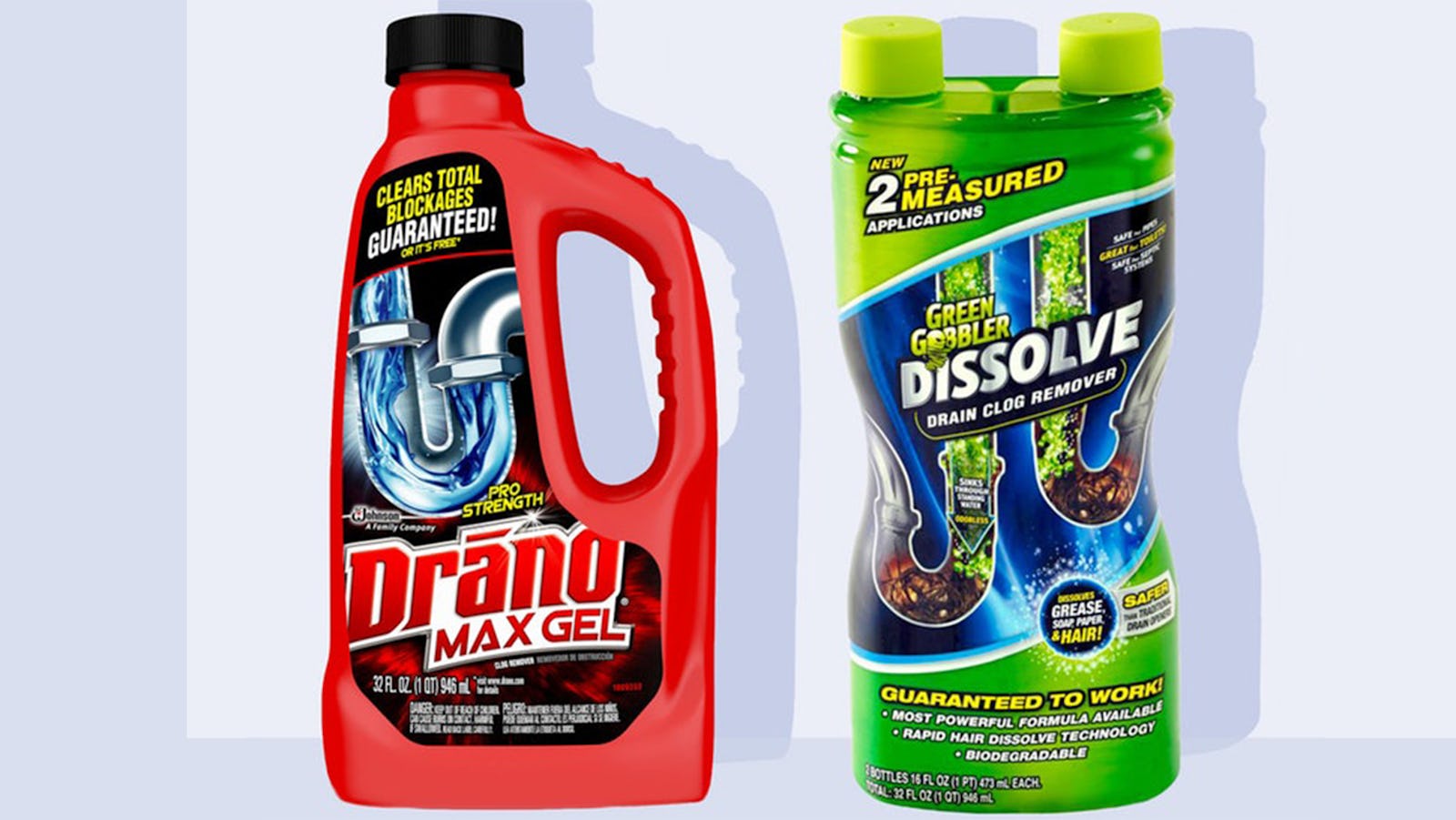





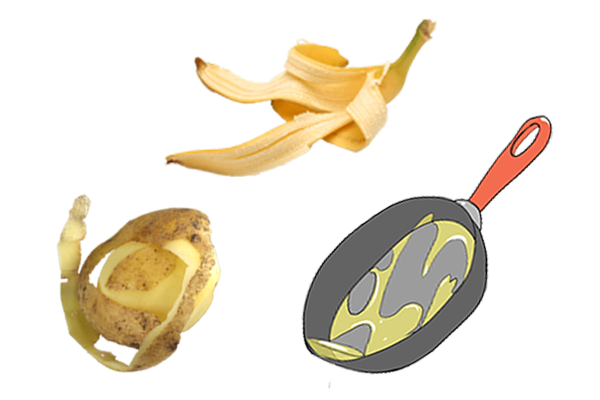


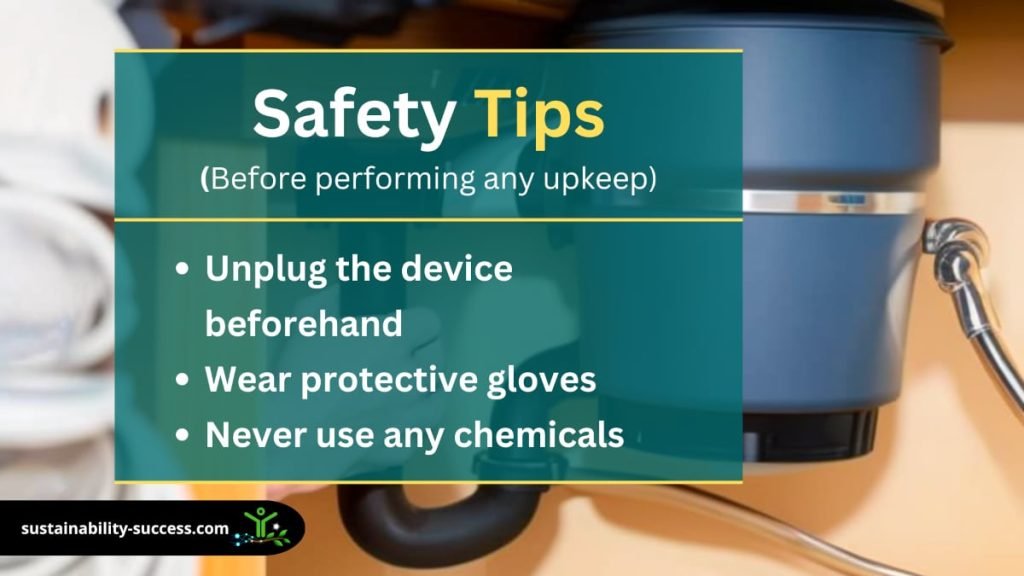
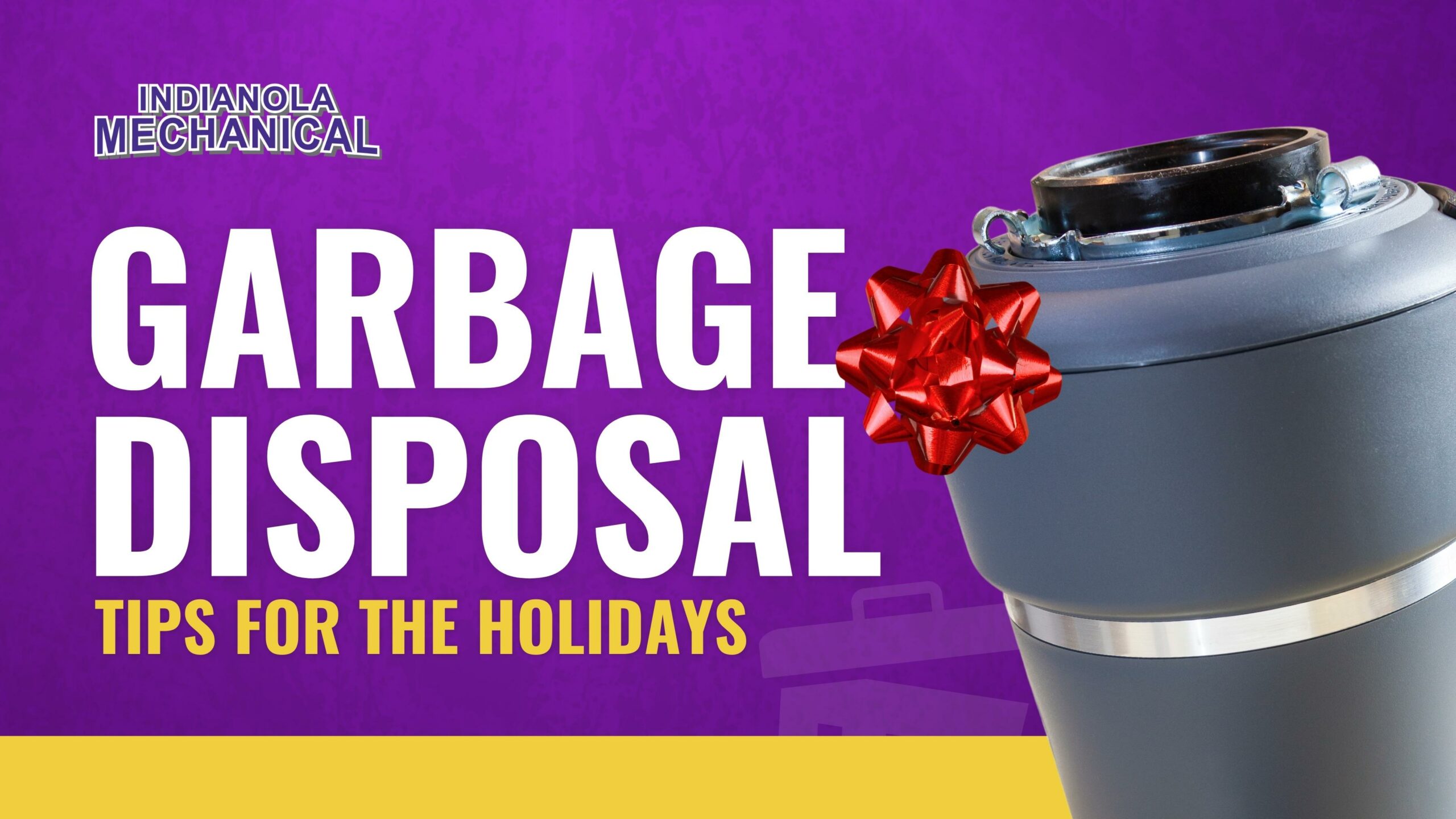

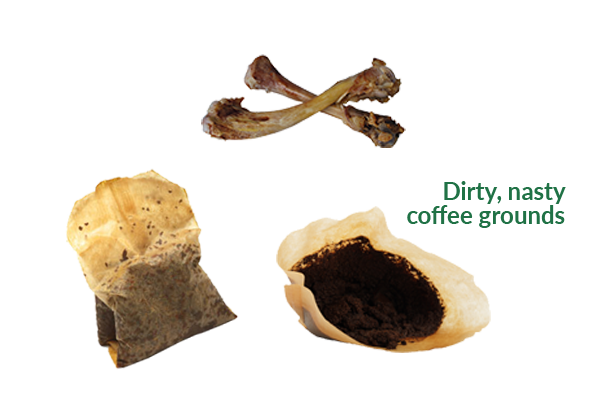

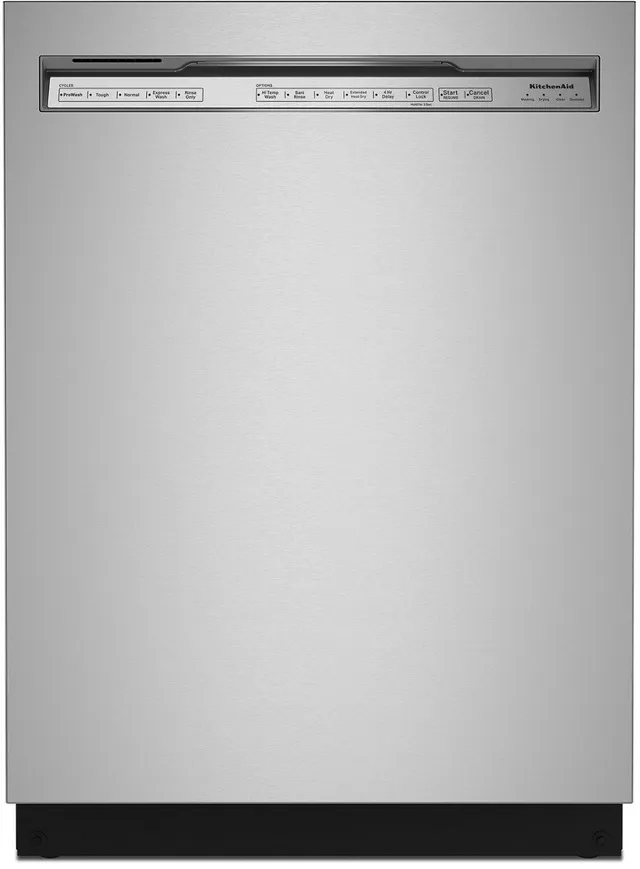




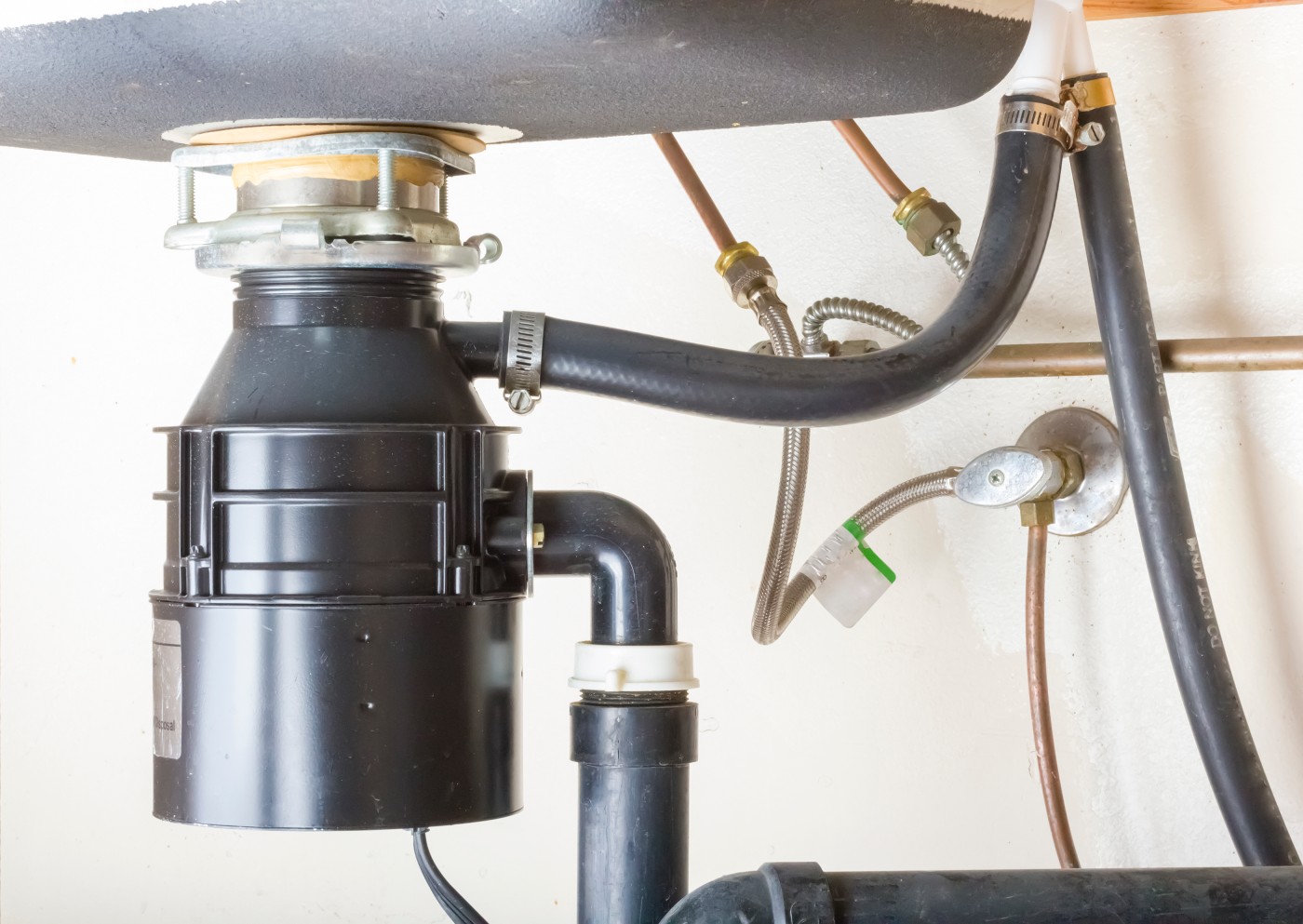






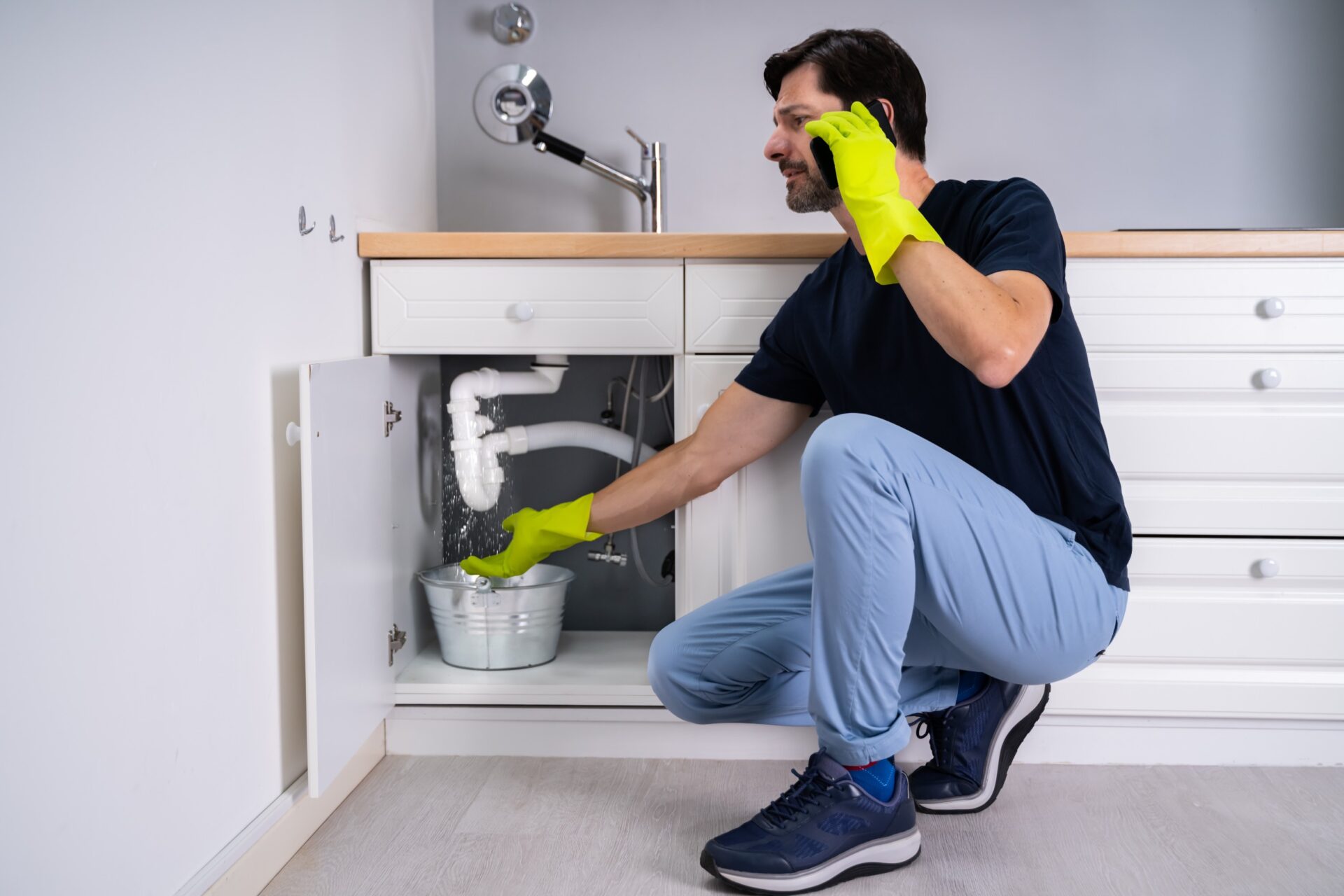




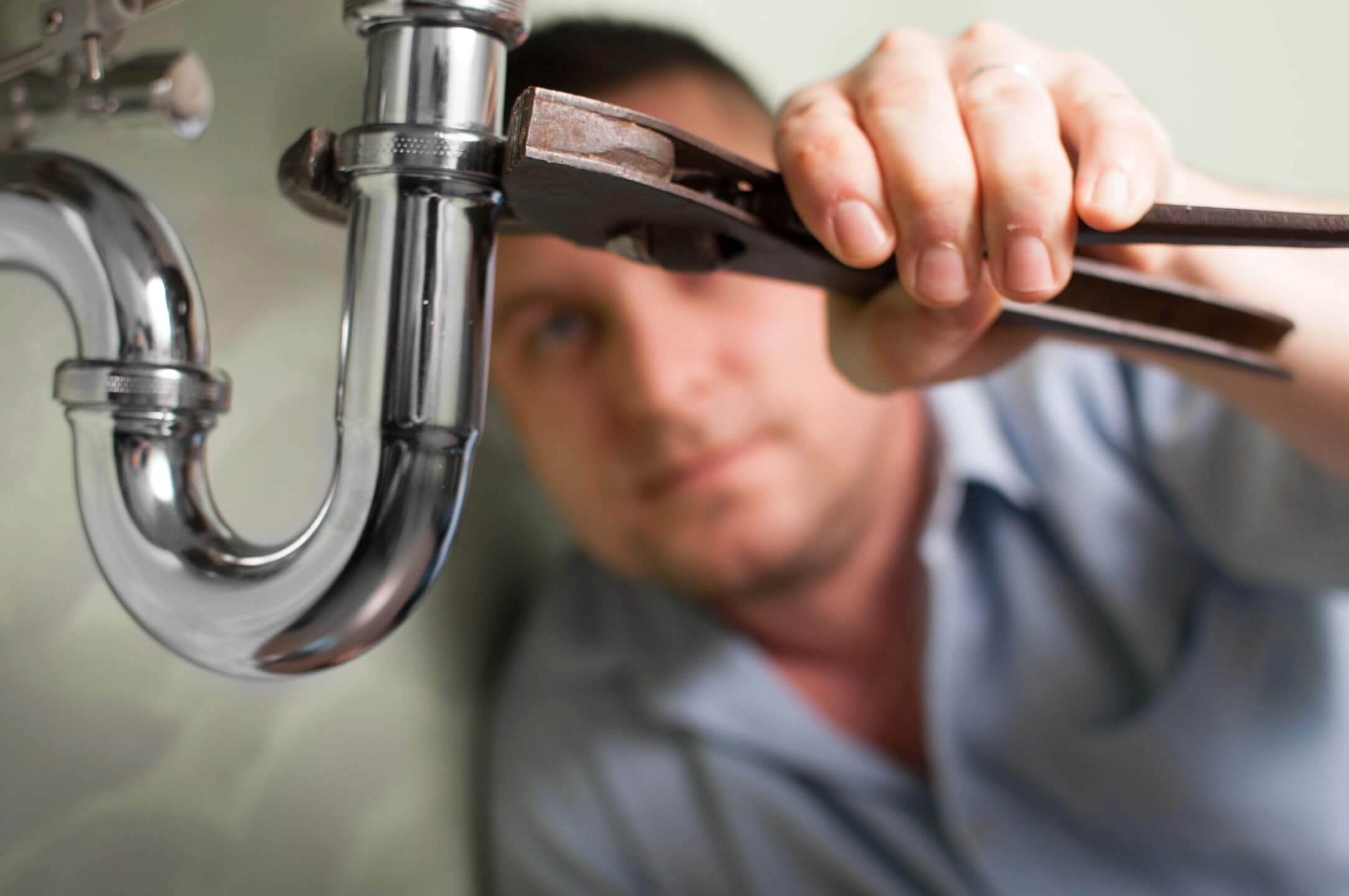





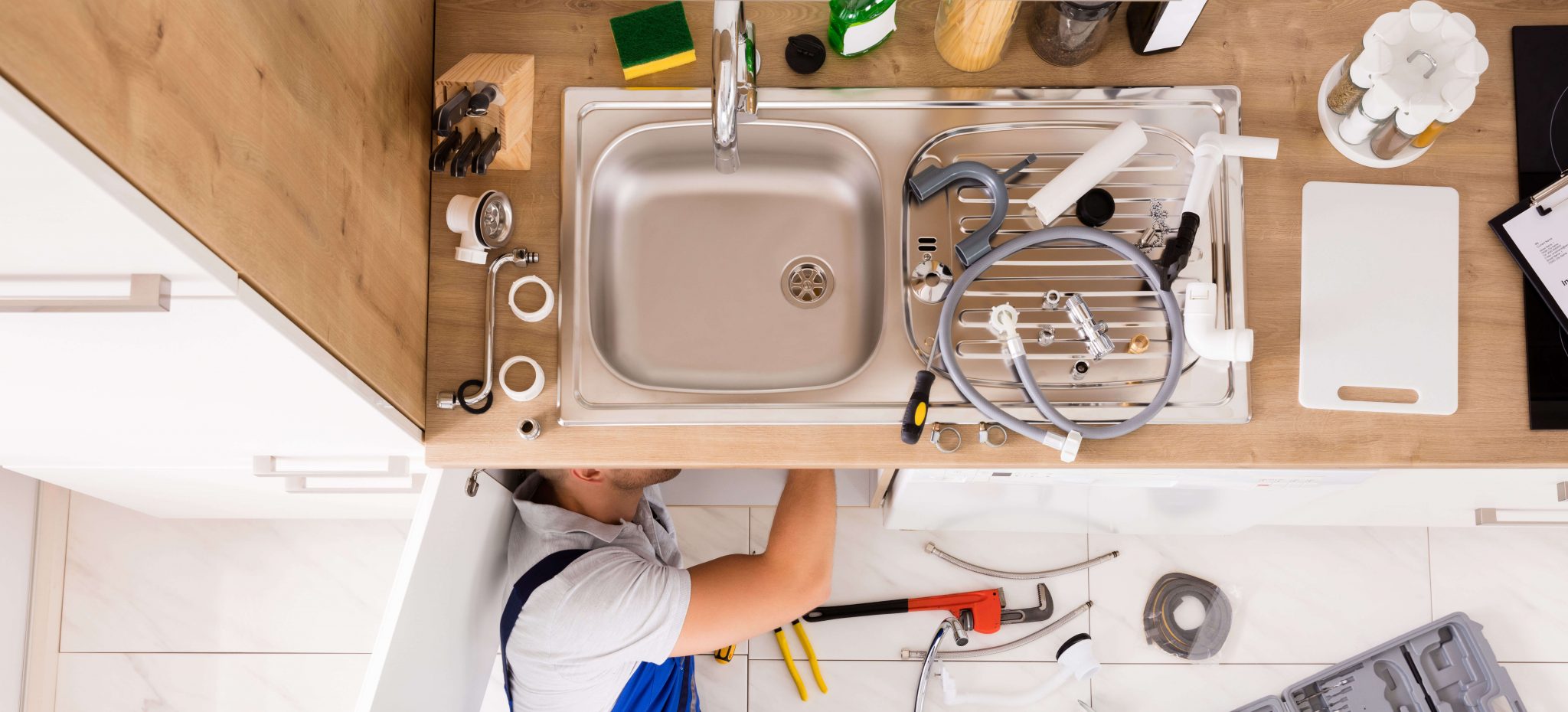




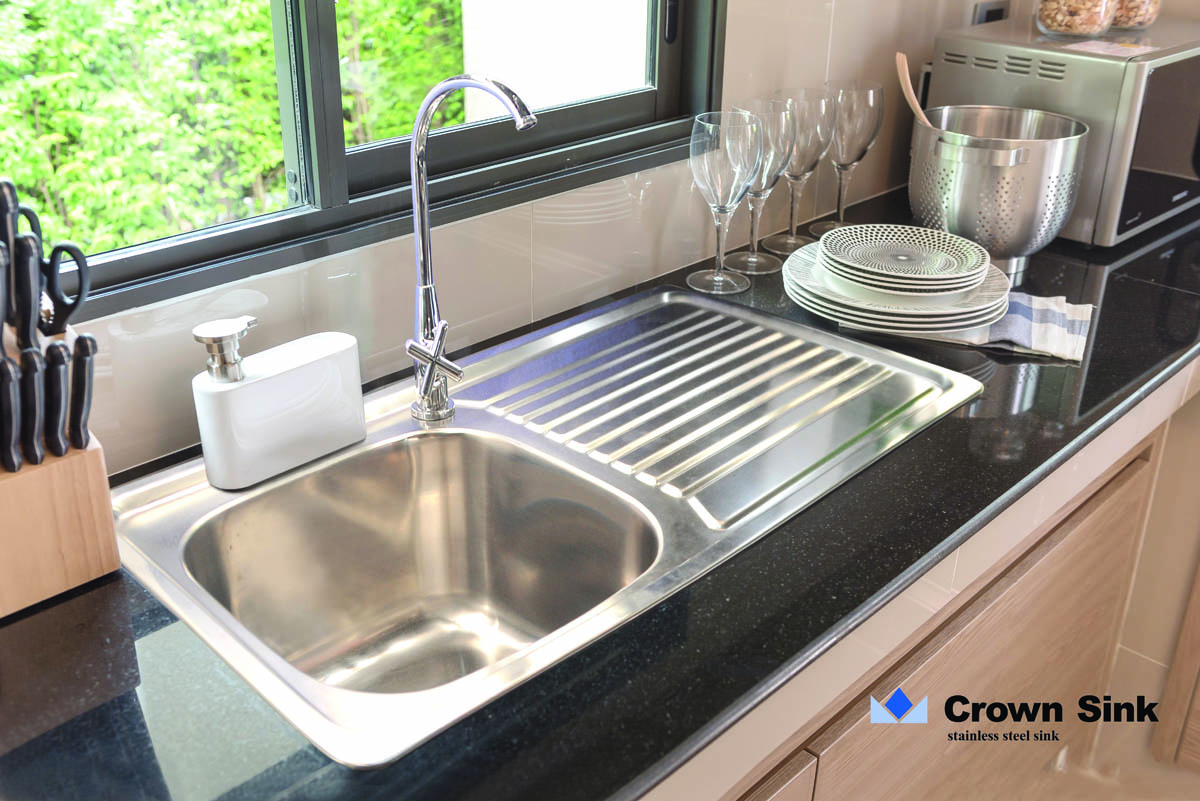
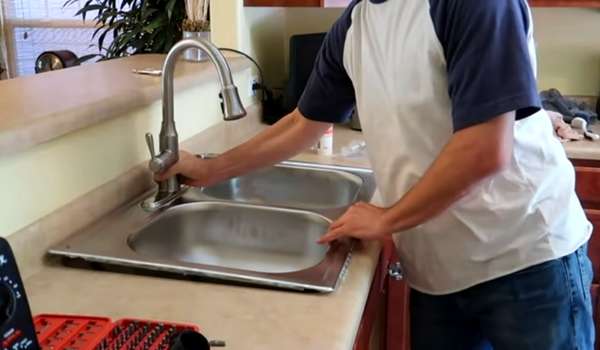

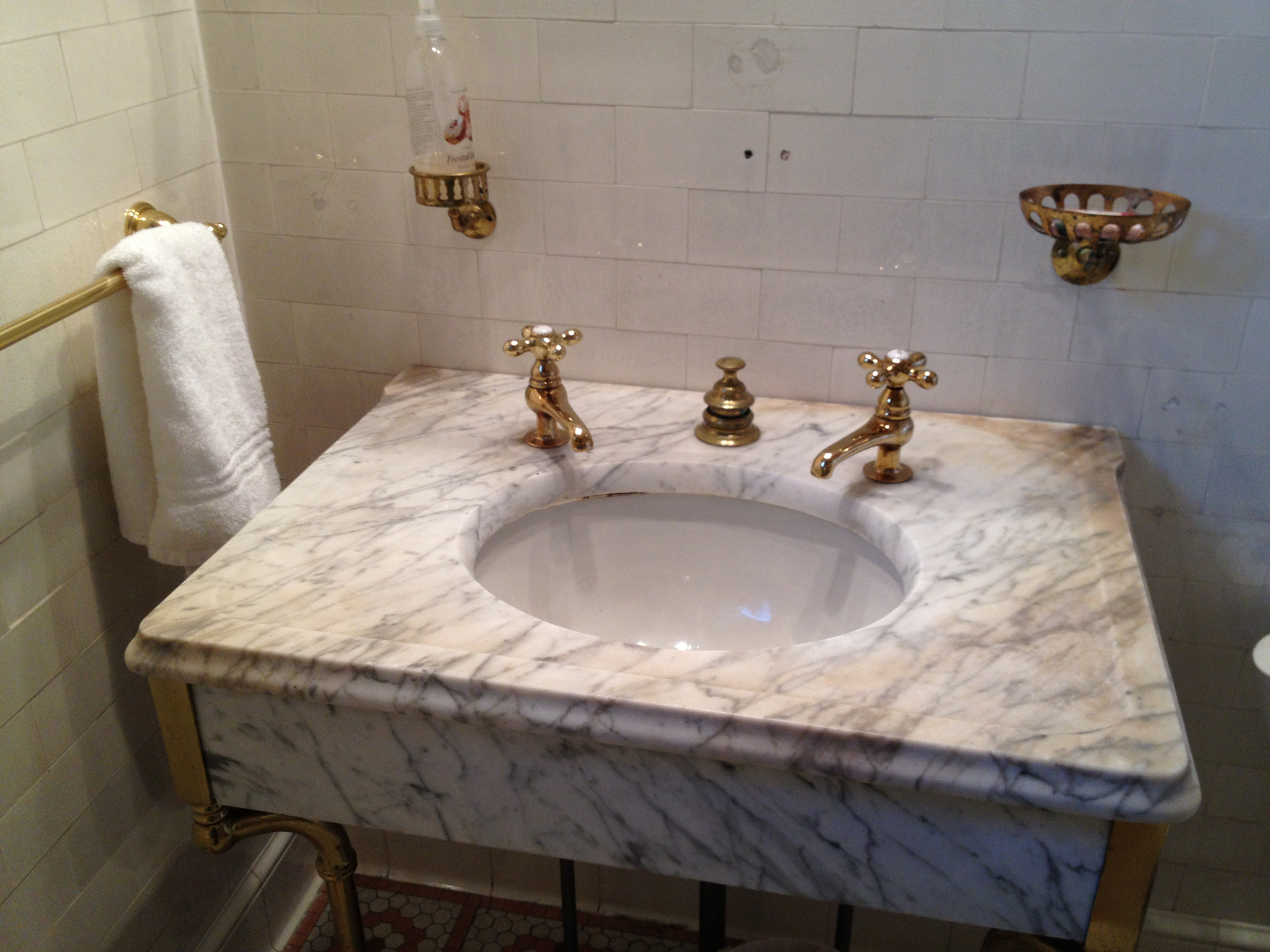
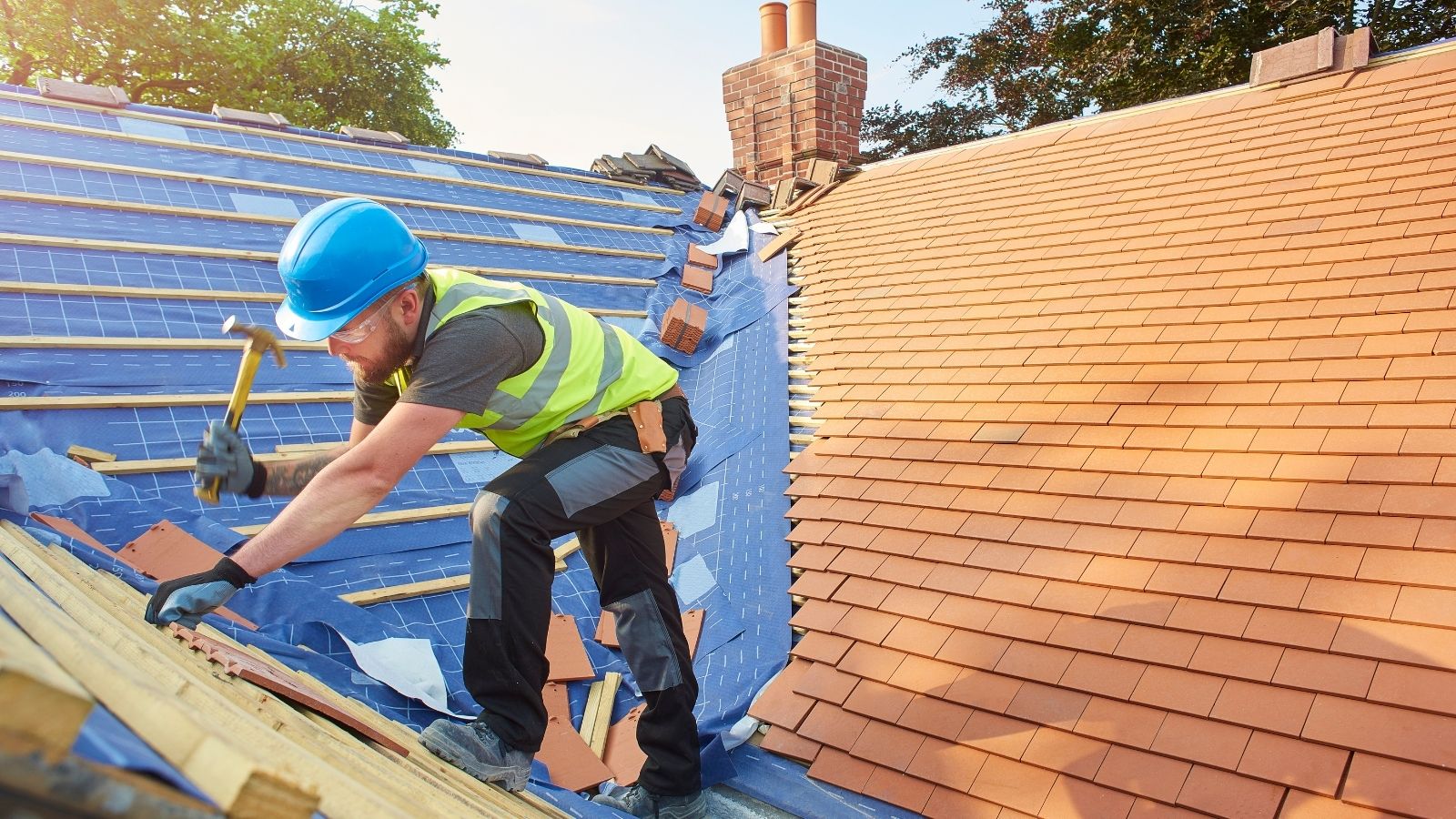



:max_bytes(150000):strip_icc()/0-1-f8dbdcd72633462f82651900da46e26a.jpg)

